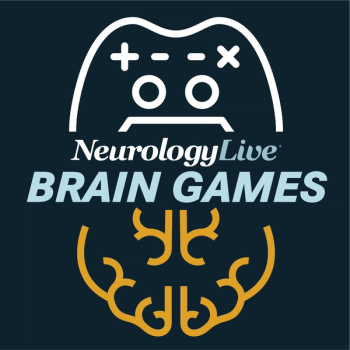
|Slideshows|June 14, 2019
Parkinson Disease: 5 Updates
Author(s)Leo Robert
Pain related to more severe motor symptoms, phosphodiesterase 10A loss seen early, novel therapy shows promise, and other recent findings are summarized here.
Advertisement
Newsletter
Keep your finger on the pulse of neurology—subscribe to NeurologyLive for expert interviews, new data, and breakthrough treatment updates.
Advertisement
Latest CME
Advertisement
Advertisement
Trending on NeurologyLive - Clinical Neurology News and Neurology Expert Insights
1
Remyelinating Agent PIPE-307 Falls Short in Phase 2 Trial of Relapsing Multiple Sclerosis
2
Brain-Penetrant Molecule GT-02287 Demonstrates Reversal of Glucosylsphinogosine in Parkinson Disease
3
Repositioning GLP-1 Drugs for Neurologic Disease: Evidence, Advances, and Outlook
4
CAPN2-Targeting Agent AMX0114 Shows Safe Profile in Phase 1 LUMINA Trial of ALS
5




















